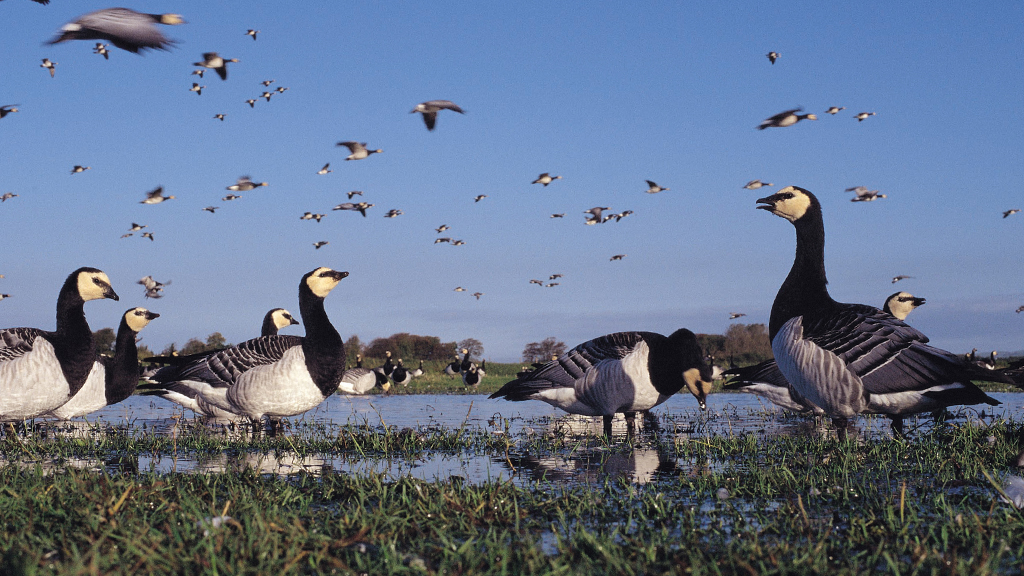What lies beneath: monsters of the marsh – myths and realities
We’ve sifted through the murky depths of wetlands’ worst to assemble a horror cast of bone-chilling, boggy beasts. Real or not, this line-up is the stuff of nightmares. We dare you to dive below to find out more. Please paddle carefully
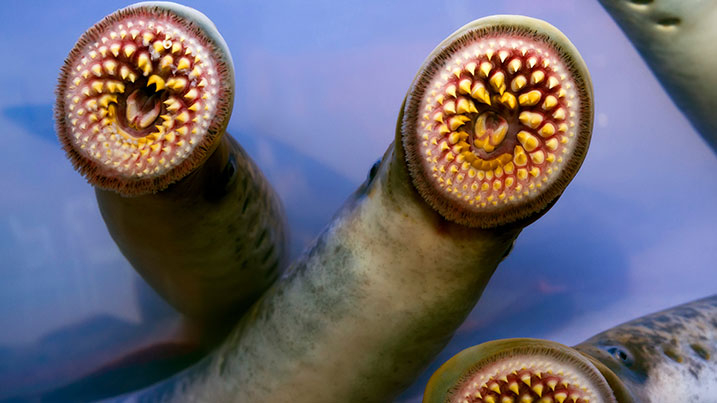
To mark Halloween we’ve sifted through the murky depths of wetlands’ worst to assemble a horror cast of bone-chilling, boggy beasts.
Real or not, this line-up is the stuff of nightmares. We dare you to dive below to find out more. Please paddle carefully…
Lampreys
With a face only a mother could love, this boneless, eel-bodied water-dweller looks like something that would have graced the posters of an eighties B-movie. Its permanently open mouth, exposing up to 12 rows of barbed teeth, reveals a vortex of hell, which it sinks into its victim’s flesh to feed on its blood. So that they can breathe while they perform this parasitical sermon, they have a row of exposed breathing holes at either side of their head which look like they’re missing Frankenstein’s neck bolts.
Status: Real, and we not only love them, we need them.
Why we love them: It’s not all about looks. This incredible fish is actually vital to the health of river ecosystems. They also have remarkable healing qualities and at 360 million years old, are essential to understanding the evolutionary story of our origins.
Kelpies
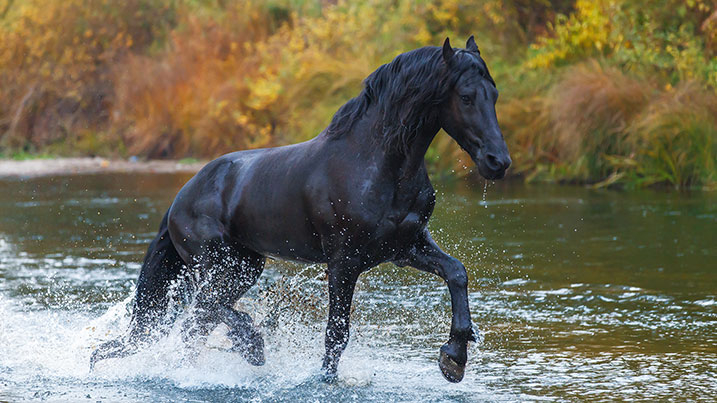
This shape-changing aquatic spirit haunts the waterways and wetlands of Scotland. Its preferred form is of a beautiful black and powerful horse, with its hoofs reversed. But beware, its appearance masks a demon that preys on humans, carrying any riders into the icy depths where it devours their bodies.
Status: Mythical, thank goodness.
Why we love them: You have to admire their ingenuity.
South Georgia Pintail
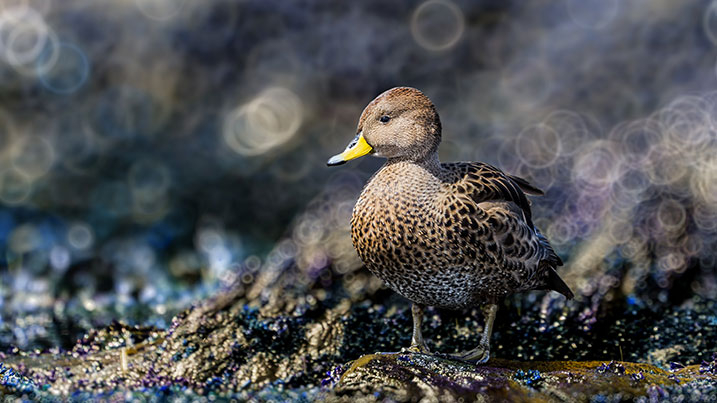
Count Duckula is real and he lives in the sub-Antarctic island of South Georgia. This cute, unassuming little duck likes to feed off dead flesh. These scary scavengers are partial to the odd dead seal, and have been witnessed diving head first, into the opening of a cadaver to feast like a kid in a sweet shop. What makes this all the stranger is that the duck is a duck with all the trappings of a duck; no teeth, a duck bill and webbed feed. It must use some evil sorcery!
Status: It’s AAALLIIVE.
Why we love them: This remarkable little bird survives in extreme climates and simply knows when not to pass up the offer of a perfectly decent Arctic meal.
Bunyip
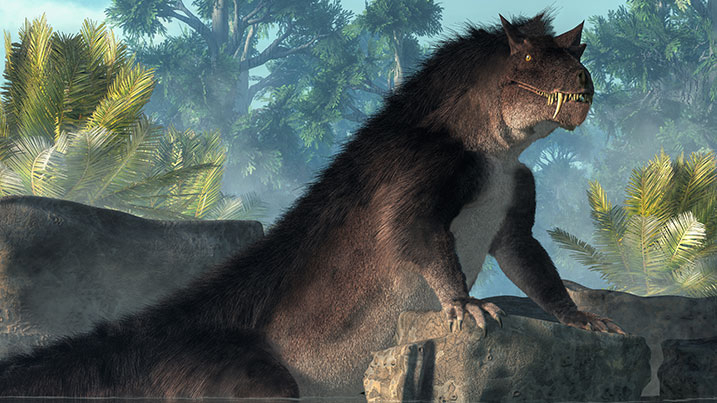
Meaning devil or evil spirit, this large nocturnal beast lurks in Australia’s wetlands where it lies in wait for humans, preferably women and children, to hunt. Descriptions of this nightmare vary widely, but it’s said to resemble a giant sea-dog with folds of skin, flippers, tusks and whiskers. It swims fast and roars loudly, filling those who hear its calls with dread.
Status: The bunyip originates from Aboriginal mythology and is one Aussie animal not to worry about.
Why we love them: Because they’re not real.
Triops
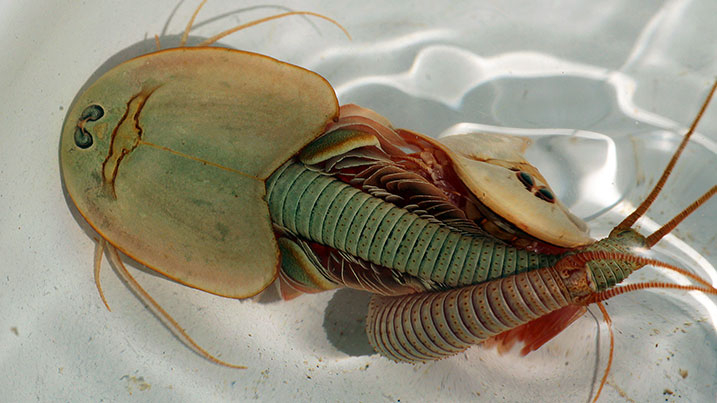
A slightly terrifying miniature tribute to the facehugger, this is something HR Geiger could have designed. They have three eyes, all the better to see you with, and can have as many as 140 legs. Not only can one egg form an entire population, they can remain dormant for 20 years are durable enough to survive drought, extreme temperatures and deadly doses of radiation. These tiny terrors also eat a lot, including each other, but thankfully not us.
Status: Science FACT, not fiction.
Why we love them: Out of utter respect for these toughies.
Loch Ness Monster
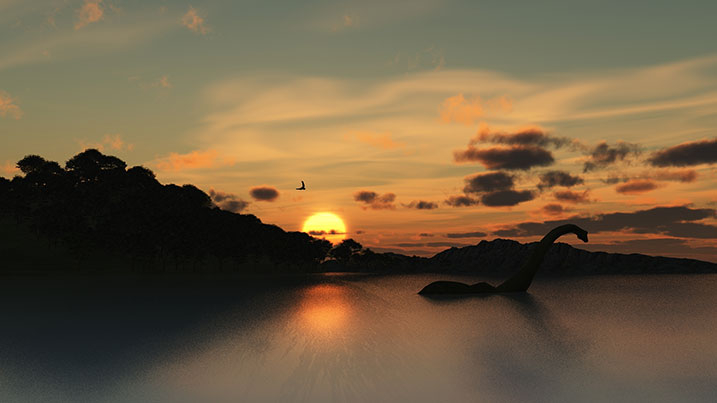
Nessie is thought to be a plesiosaur (a carnivorous aquatic dinosaur) that has adapted to survive in Scotland’s most mysterious loch. She was first sighted in 565AD where she emerged from the deep to pick off a swimming local. Our founder Sir Peter Scott was captivated by Nessie, co-finding the Loch Ness Phenomena Investigation Bureau. In 1975 Scott even proposed the scientific name of Nessiteras rhombopteryx for the Loch Ness Monster.
Status: Nessiteras rhombopteryx is an anagram of ‘Monster hoax by Sir Peter S’.
Why we love her: She’s Nessie!
Restoring species
We want to make sure these amazing real creatures don't become myths. From ducks to dragonflies and everything in between, WWT takes an ecosystem approach to species conservation, aiming to protect a whole range of wetland species by focusing on interventions for a few and creating, restoring and connecting wetland habitats.
Find out more about our work


